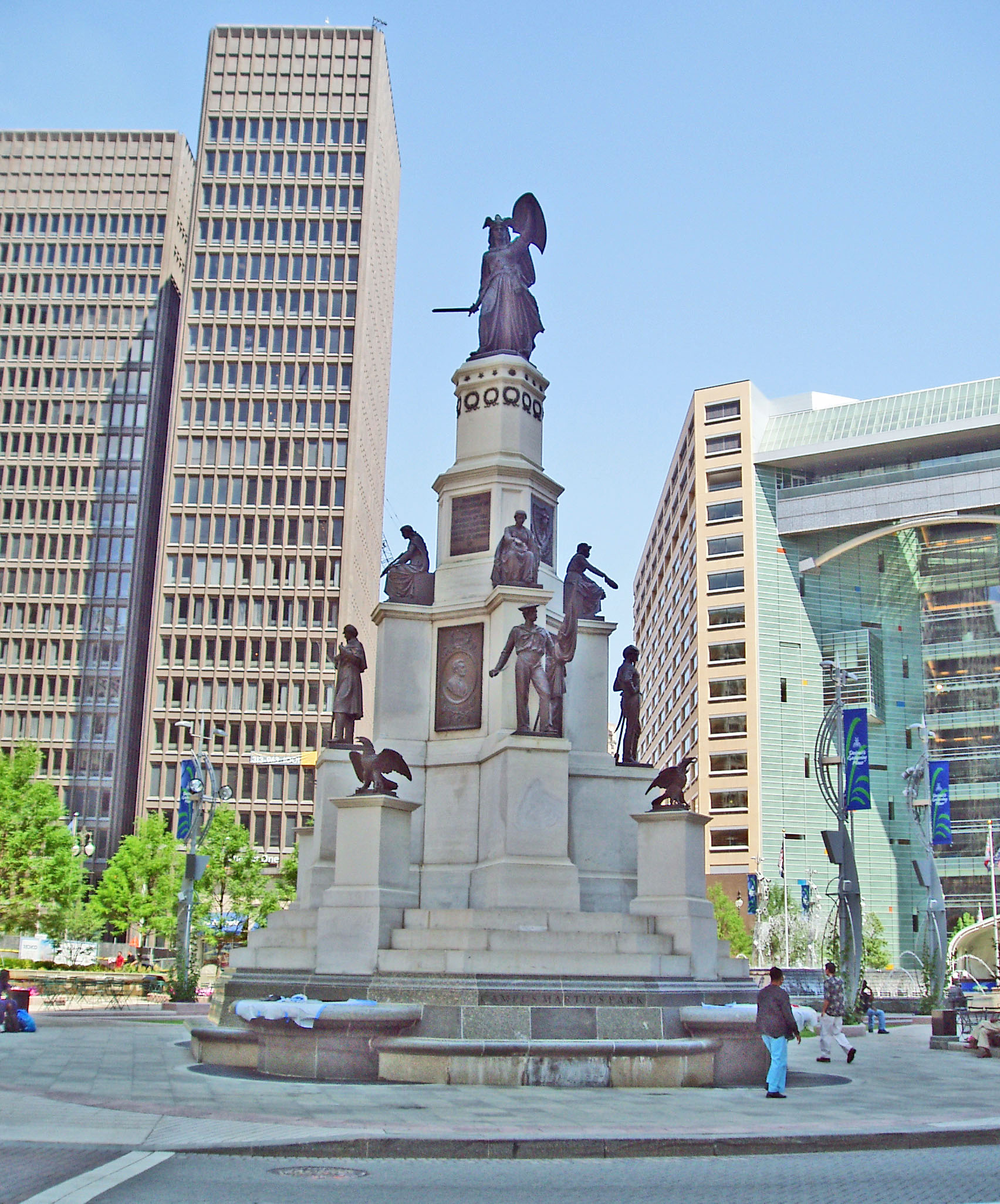

The United States engaged in many military events and wars in the eighty-year interval between gaining independence from the British and the Civil War. In the 1790s, there were the naval efforts that eventually contained the Barbary pirates off the coast of North Africa and the almost simultaneous Northwest Indian War that lasted for about eight years and, after General Wayne’s victory at the Battle of Fallen Timbers, controlled the Native Americans. That was followed by the War of 1812 that lasted for several years. There many military skirmishes to liberate the Midwest such as the Black Hawk War so that Europeans could settle there and the First (1814 to 1819), Second (1835 to 1842) and Third (1855 to 1858) Seminole Wars after Florida was purchased by the United States. And then, in the 1840s, the United States prepared to fight another war against the British Empire but, thank goodness, that did not occur although the War with Mexico lasted from 1846 to 1848 and added the southwestern area to the United States. None of those wars were as extensively commemorated as the Civil War. In both the North and South, efforts to honor the soldiers who fought and the officers who led them began during the Civil War and continued through the final decades of the Nineteenth Century. At that time, civic leaders in many cities presumed that an ideal way to honor the Civil War veterans was to commission a statue or monument.
Michigan Governor Austin Blair, in 1865, appointed a Michigan’s Soldiers and Sailors Memorial Association. They were charged with seeking donations from the state’s residents that could be used to memorialize Michigan men who fought successfully to preserve the Union. They rapidly raised the requisite funds and selected the American sculptor, Randolph Rogers, to design a large and impressive memorial. This was among the first major Civil War monuments to be erected in a large city. Many others followed.
This is a four-tier monument that uses granite shafts, many of them octagonal. Rogers began with short vertical shafts and upon these he placed American eagles that direct your attention toward the next higher level where four standing male figures depict the four branches of the Union Army in the Civil War: Artillery, Calvary, Infantry and the Navy. The original monument did not include the bronze statues at the next level: four seated female figures. They were added in 1881 and represent Emancipation, History, Victory and Union. An urban tale in Detroit states that Randolph Rogers requested that Sojourner Truth pose for the statue that represents Emancipation. At the top of the 56-foot monument, you see a figure entitled Michigania. This is the image of an Indian woman as a warrior. She prepares to thrust a sword with her right hand while, with her left hand, she raises a shield to defend herself. Randolph Rogers added four bas reliefs showing key figures in the Union success in the Civil War: Admiral David Farragut, General Ulysses S. Grant who lived in Detroit and whose Detroit home is now an historic site, President Abraham Lincoln and General William Tecumseh Sherman.
When this monument was dedicated on April 9, 1872; General George Armstrong Custer from Monroe, Michigan was one of three generals in attendance. The others were General Ambrose Burnside and General Philip Sheridan. The monument was rededicated in 2005 following the highly successful renovation of Campus Martius.
Randolph Rogers was born in Waterloo, New York on July 6, 1825. He wished to become a sculptor and, at age 23, went to Florence where he studied that art for five years. He then established a studio in Rome and worked from there until his death in 1892. He is well known for his several statues and monument commemorating Union troops in the Civil War. In addition to the monument you see on this page, he designed a Soldiers Monument for the battlefield at Gettysburg and Civil War monuments in Cincinnati and Worcester, Massachusetts. He designed a popular bronze statue of Lincoln’s Secretary of State—William Seward—that stands in glory in Madison Square Park at the intersection of Madison and 23rd Street in Manhattan. He is also well known for the Columbus Doors that he designed for the United States capitol. These are the major doors for the capitol. They were commissioned for the four hundredth anniversary of Christopher Columbus’ arrival in the New World. The nine panels of these doors and depict scenes from the life of Columbus emphasizing his discovery of the Americans. I think that the Michigan Soldiers and Sailors Monument is the only Randolph Rogers work in this area.
Sculptor: Randolph Rogers
Date of construction: 1867
Date of original dedication: 1872
Date of reinstallation in refurbished Campus Martius Park: 2005
Use in 2005: Public sculpture
Website for Campus Martius Park: http://www.campusmartiuspark.com
City of Detroit Local Historic District: Not listed
State of Michigan Register of Historic Places: Listed February 17, 1965
National Register of Historic Sites: #84001862, Listed May 31, 1984
Photograph: Ren Farley; July 7, 2005
Description prepared: September, 2011
Return to City of Detroit Historic Designations
Return to Commemorative Designations in Wayne County
Return to Public Art and Sculpture